An edited excerpt from the author’s original post on the Seed and Knowledge Initiative Google group.
I was very fortunate to attend the second meeting of the Agroecology Fund (AEF) partners, having also attended the first such meeting at St. Jude’s Agroecology Centre near Masaka in Uganda in May 2016.
The AEF began in 2011 when four people with vision from donor organizations sat down for a cup of coffee in San Francisco and wondered how more support could be given to the nascent agroecology movement around the world. Since then more than 20 donors have joined, and the fund has been able to support 49 proposals from 38 collaboratives with a total of $6.8 million US dollars in 60 countries.

I take my hat off to those pioneers in that San Francisco café. It always amazes me how many effective initiatives begin in a similar way. In fact, I would even hazard to guess that the most effective, rooted initiatives begin in such a manner rather than in the more systematic programme planning that governments and others love. But as I will show below, it’s possible to bring well-planned systematic government programmes in at some stage!
I’m going to share this experience in note form:
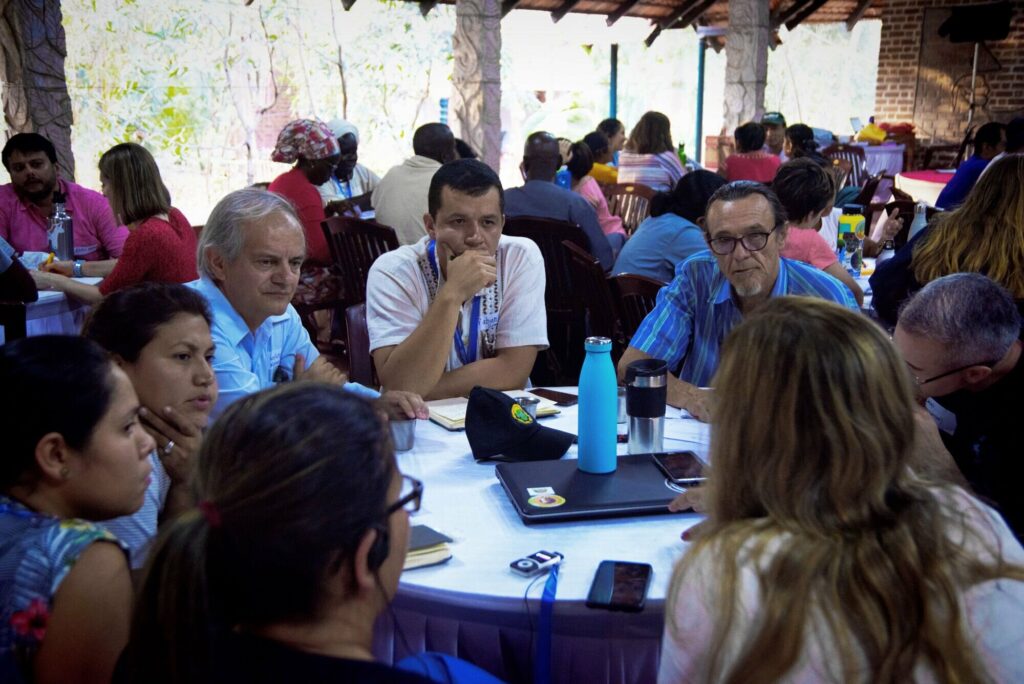

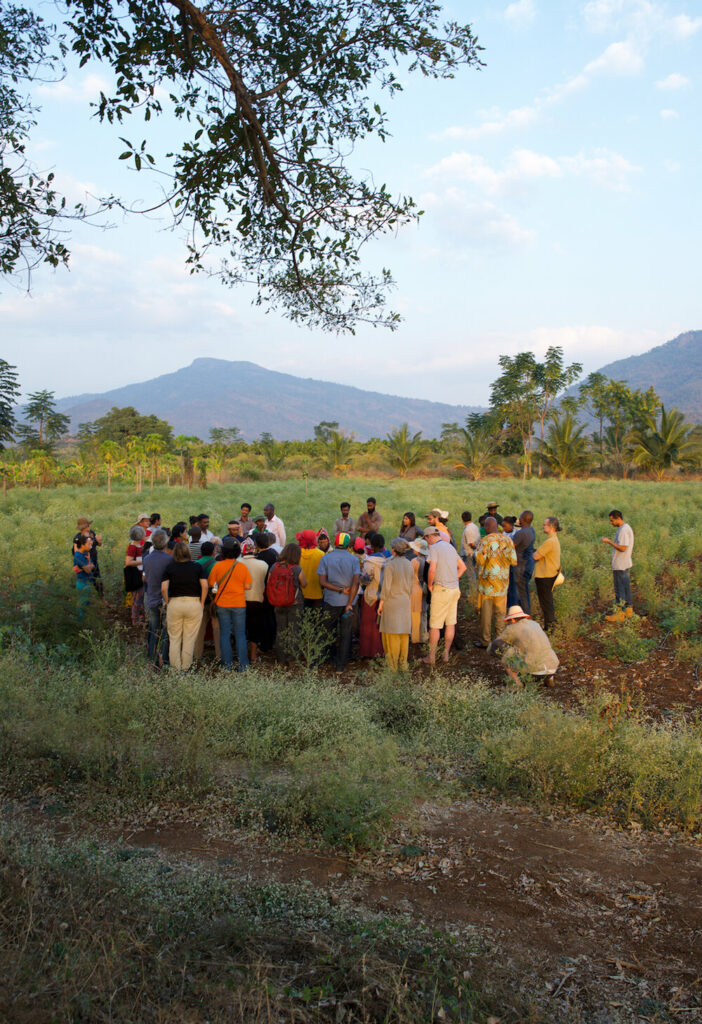
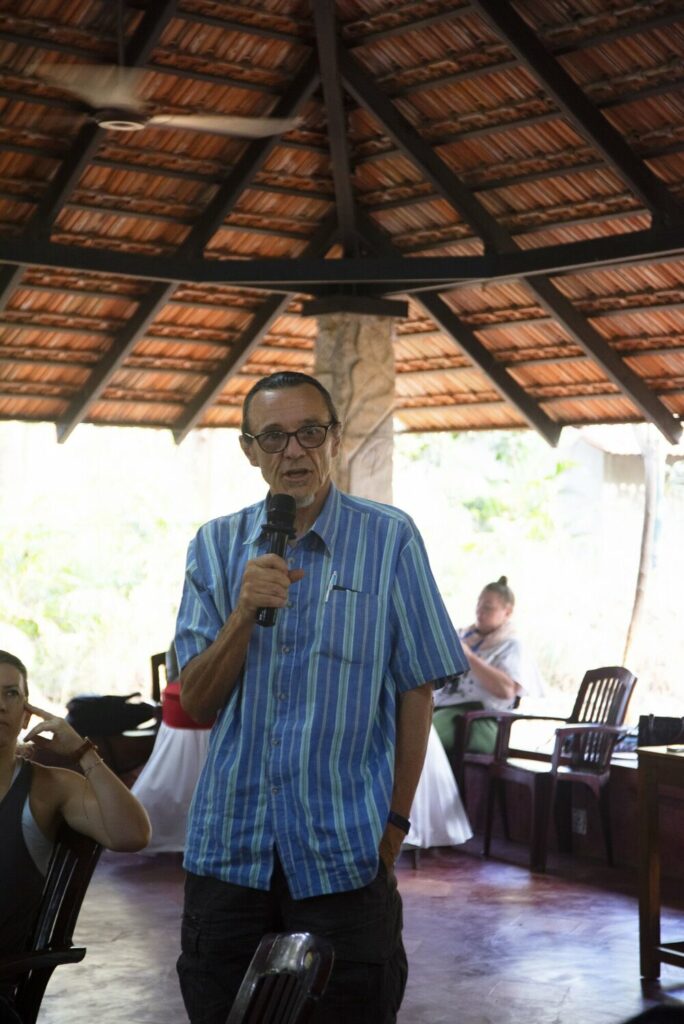
Focus on depth and breadth together
At the gathering were representatives (one or more) from nearly 30 collaboratives that the Agroecology Fund has supported. Most mornings started with a mística session, conducted by those coming from Asia, Africa and the Americas respectively. This linked to a theme that came strongly out of the gathering for me, that of continuing to keep going deeper into our understanding of what agroecology means. (There are some great initiatives to help deepen our understanding of our relationship to Nature. One example is the Earth Jurisprudence training that is being carried out by the Gaia Foundation and the African Biodiversity Network. It is very comprehensive and is producing leaders in the field of agroecology.) While we need to keep deepening wherever we can, to focus only on this would be an indulgence and would continue to hold our influence back. So, the theme really was about depth and breadth together. The Zero Budget Natural Farming initiative, described a little more below, is an example of efforts to spread agroecology.
Initiate dialogues beyond our networks
Another theme that came through strongly for me out of the week is that, as agroecology activists and practitioners we need to start being more confident in what we have, including the huge potential of agroecology. With this confidence we can start going into spaces that we might not have gone into before because that would have been (seen as) a compromise. Of course, there are red lines we can’t cross, and we all have to decide that for ourselves. But, while remaining radical in the sense that we are talking about transformation of food and farming systems and nothing less, I feel we can also start dialoguing much more with people who we may have previously seen as opponents – with confidence. Such as, for example, some proponents of Climate Smart Agriculture, many of whom are still stuck in a certain mindset and/or are just doing what they’ve been told by their governments, which perhaps have a policy to promote CSA in response to climate change. Such people need to be given the opportunity to understand agroecology and how some CSA practices can be a first step towards agroecology. But also, to understand that agroecology is far more than CSA. CSA can be a start; agroecology is about real transformation.
Document and evaluate evidence from the field, but with a holistic mindset
Perhaps slightly in contradiction to the point above, something else that came out of the gathering was that we should not waste time trying to convince those who cannot be convinced. This includes trying to put evidence together to convince scientists who are still very stuck in a reductionist mindset, and people who just don’t get the radical shift represented by agroecology. We talked about the evidence trap, while not underplaying the critical importance of documenting and gathering data wherever we can. Just as agroecology, with its very different mindset to that of the western mechanistic mindset, is about learning to do things in a very different way, referring to past wisdom too, so should the documentation of agroecology be done in a different way. We need to be creative and context-specific, and apply a holistic mindset to the way we plan, document, and evaluate – a mindset that is more in tune with working in complex situations than is generally apparent today.
Explore new directions in funding
There was quite a bit of discussion during the week about money. How can we motivate more money for agroecology? So far, a pittance has been forthcoming. This is a key issue, as we need many more resources, particularly as we try to amplify and spread the practice of agroecology. There is, for instance, some debate surrounding ZBNF and where money is now coming from to help its spread. What money can we take? Or not? Where do we draw the line? We do have to make judgement calls on all this. There was also discussion about tapping investment money for agroecology enterprises, which I feel is an exciting development and badly needed. And there is also the concept of blended funding which includes a mixture of grants – to help the establishment and to strengthen capacities to run enterprises successfully – and investment financing.
Zero Budget Natural Farming (now officially Community Managed Natural Farming)
And so, to Zero Budget Natural Farming (ZBNF), which was a major part of the gathering. We visited two farmers near Bangalore who follow ZBNF practices. The next day there was an excellent panel discussion, which delved into different perspectives on ZBNF. Finally, many of the participants joined a field trip to Andhra Pradesh after the conference, where we visited three communities of farmers and heard from Vijay Kumar, who leads the government programme within the Andhra Pradesh government.
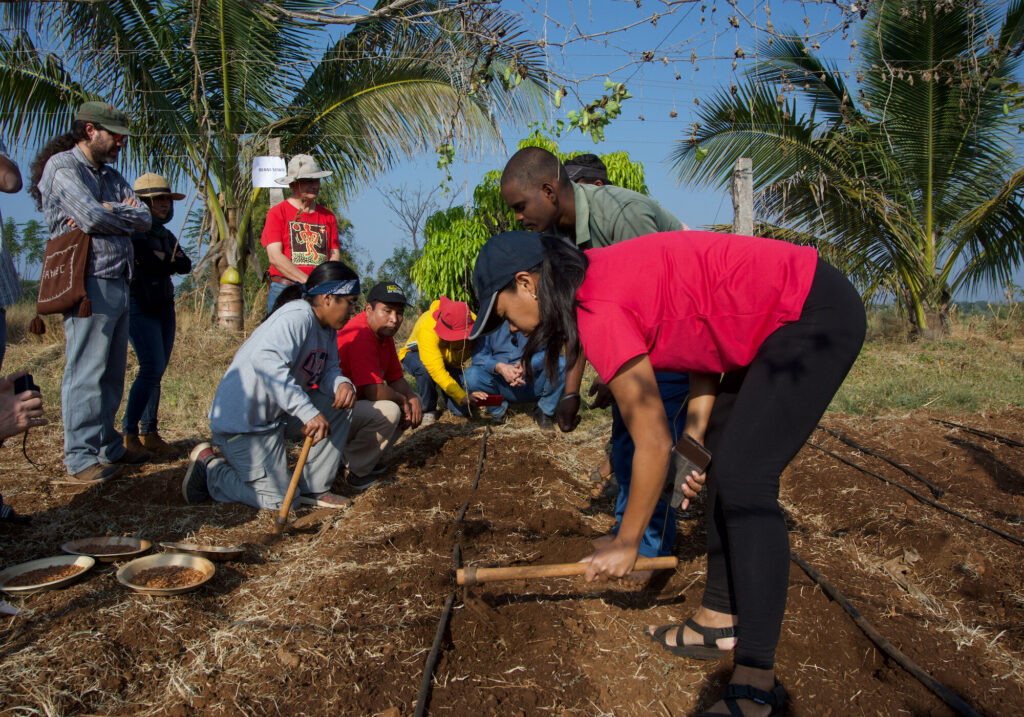
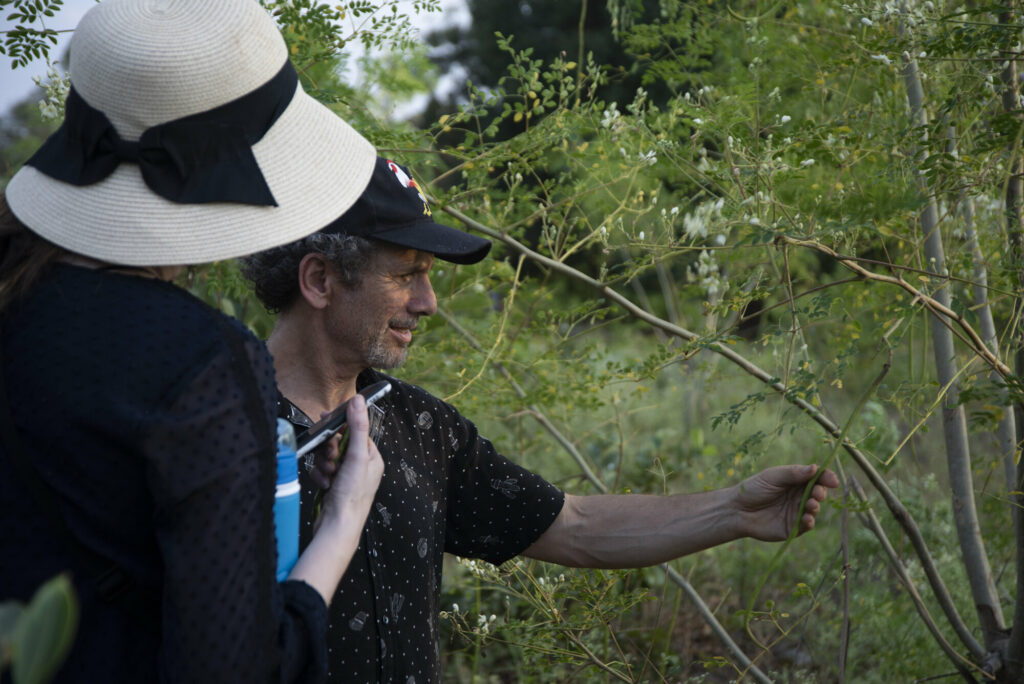
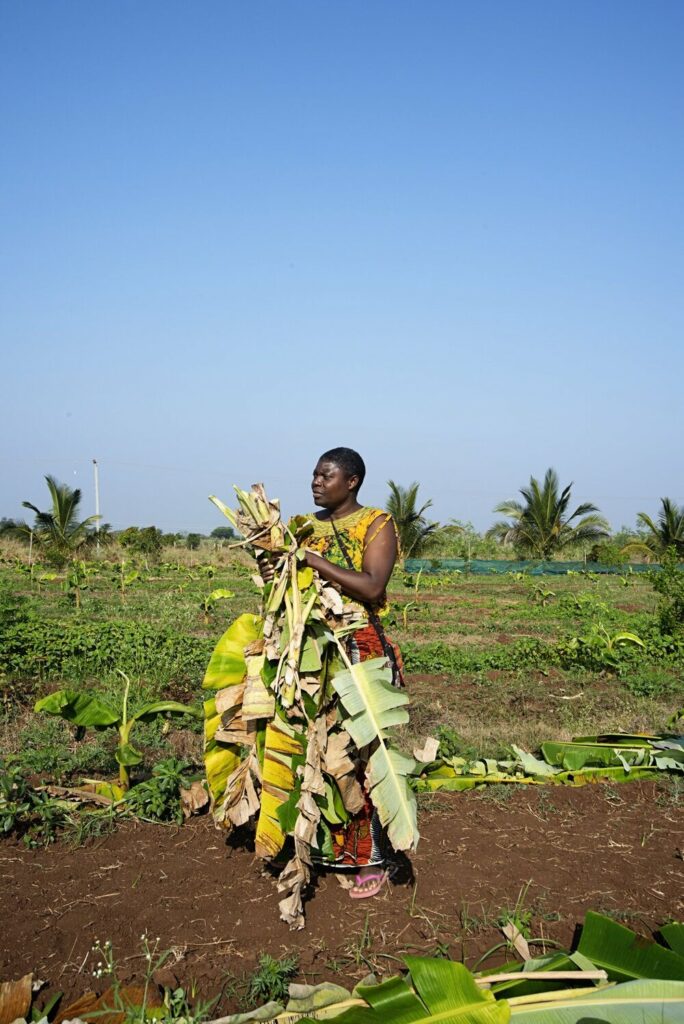

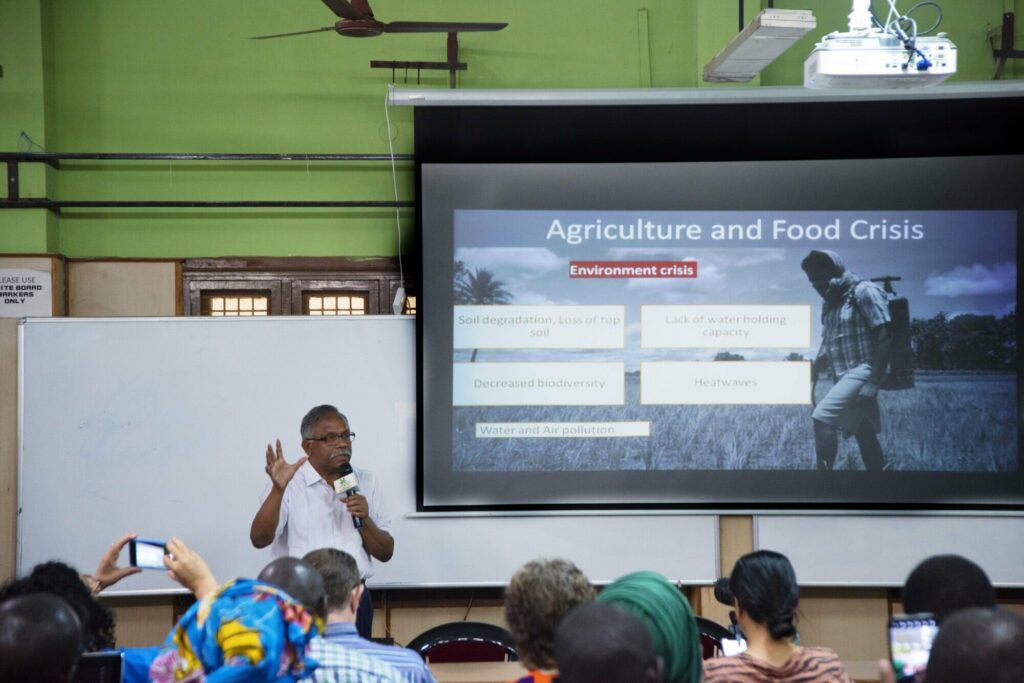
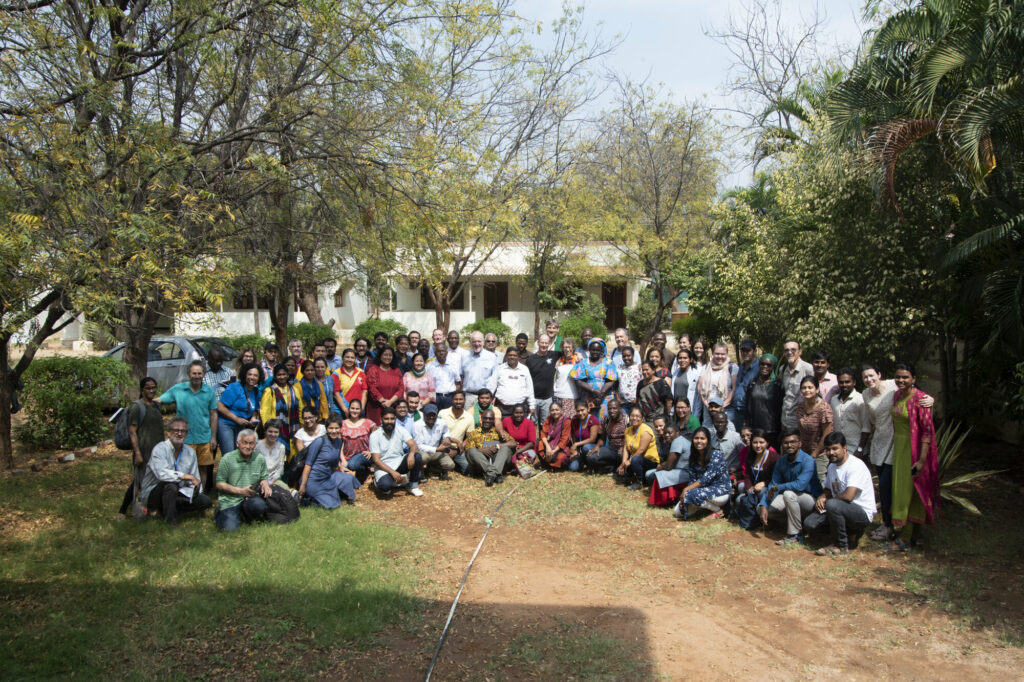
ZBNF originally gathered momentum in Karnataka state, which neighbors Andhra Pradesh (AP). Here, the largest farmers’ movement in Karnataka, called Karnataka Rajya Raitha Sangha (KRRS), initially led this process. KRRS, a member of La Via Campesina (LVC), invited Subhash Palekar, the ZBNF founder and guru, to hold a training on his approach in 2002. By the 5th day of the first training most people had dropped out, but one farmer, Krishnappa, stayed and ‘got it’ and started using the ZBNF/Subhash Palekar approach. He was very successful and became a powerful example to others. Ever since, KRRS and many other allies have held several training workshops every year, often for as many as 6,000 people in each training. Extraordinary! Progressive and secular religious institutions contributed by lending their facilities for no charge.
Vijay Kumar, a senior retired public servant who had worked in the field of rural livelihood development for many years, became one of the key allies for ZBNF/agroecology in the state of AP. Prior to this, he’d worked on a sustainable agriculture program called Community Managed Sustainable Agriculture (CMSA), which helped to reduce pesticide usage in about 1.8 million acres and benefitted 738,000 farmers. The unique feature of that program was that it worked with women organized into Self Help Groups (SHGs) and initiated a collective learning process via a Farmer Field School extension model. The same model has now been replicated in the AP-ZBNF programme and has gone beyond a focus on merely pesticide reduction, to more holistic agroecological adoption.
An Indian corporate foundation, Azim Premji Philanthropic Initiatives (APPI), got wind of this work and became enthusiastic about its potential. Both the AP government and APPI have now put substantial money into the programme, which is now working with around 500,000 farming families and plans to work with all 6 million farmers in the state by the end of the decade.
There has, however, been quite a bit of controversy surrounding ZBNF in India amongst agroecology activists. This seems to hinge on the approach being too doctrinaire, on the intolerance of its founder Subhash Palekar towards other organic/agroecological approaches, and on the source of the large amounts of money now being loaned to the Andhra Pradesh government for its upscaling. For example, a German bank, KFW, has recently pledged funds to support the programme.
I was interested to learn the details of the actual ZBNF agroecological practices. They seem to have four main areas of focus (my take is slightly different from the ‘4 wheels’ that they talk about.
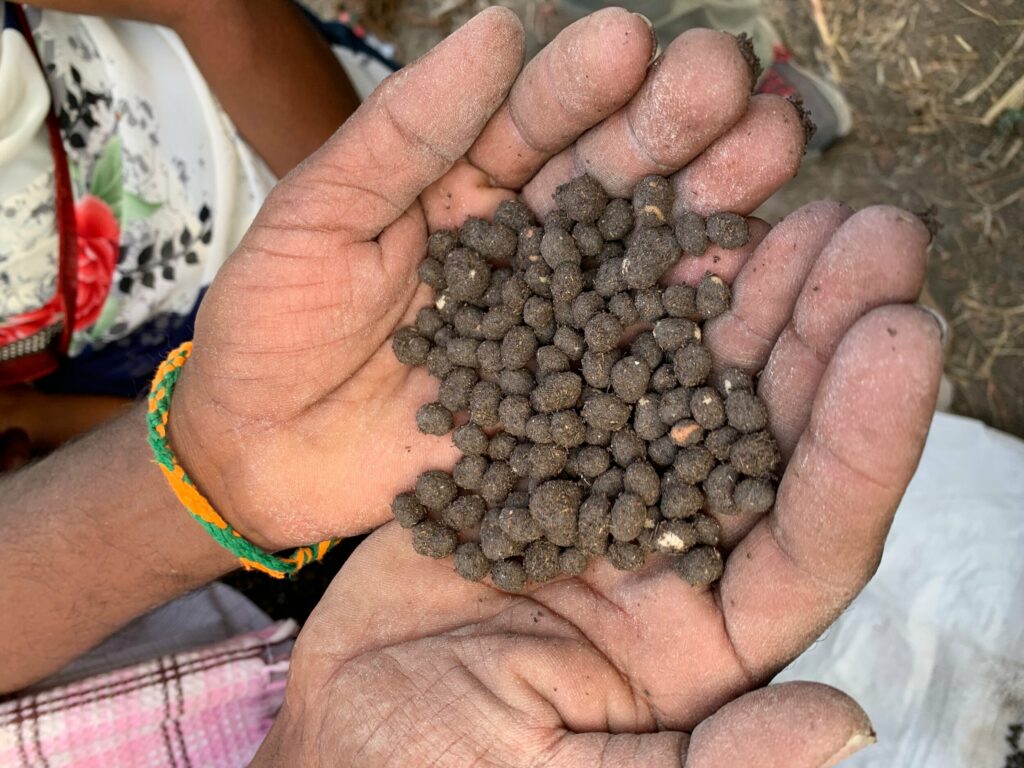
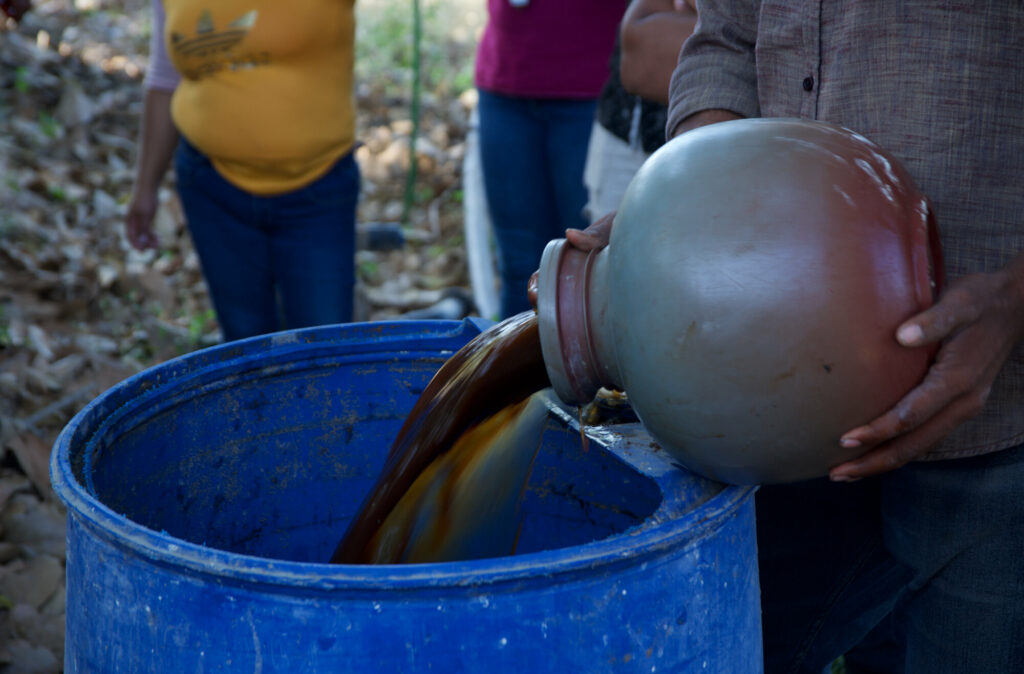
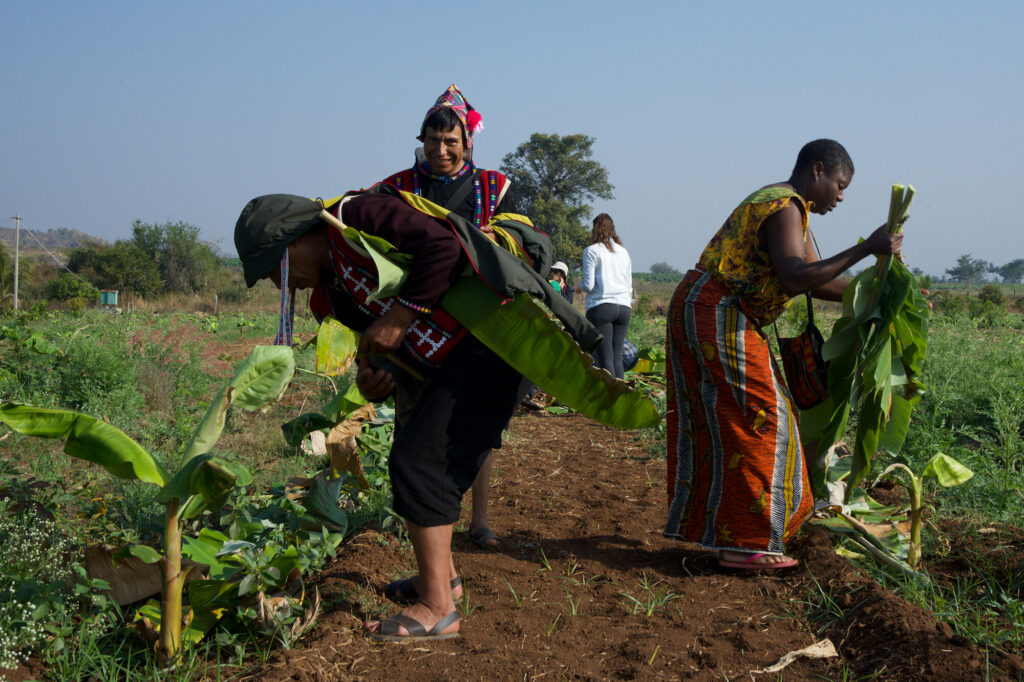

Via the Seed and Knowledge Initiative and the Alliance for Food Sovereignty in Africa, we have been promoting fermented biofertilizers, both aerobic and anaerobic. This is in recognition of the need to move more into this world of bio-stimulants, bio-inoculants and bio-fertilizers.
“We can encourage microbes much more in our farming practices than perhaps we have been doing. ”
As indicated above, ZBNF has been accused of being too doctrinaire and this is a valid observation. For the most part, farmers follow exactly what Subhash Palekar teaches on his courses. However, you could argue that perhaps this is the best way for farmers to enter into the world of agroecology. Many farmers in India, as in other parts of the world, have been seduced into the simplicity of the Green Revolution ethos: ploughing, monocropping and chemicals. Agroecology is a whole different world; a world of great diversity, soil care, and microbes, and where the basic underlying principle is that everything is connected to everything else. Where does one begin in such complexity?
While there is a danger of over-simplifying entry into agroecology, for example, by simply introducing some intercropping and not going further than this, there is also a danger of making it too complex. ZBNF seems to have found a good balance between these two. It goes far enough to genuinely be called agroecology while keeping things relatively simple for farmers who are starting out on this journey.
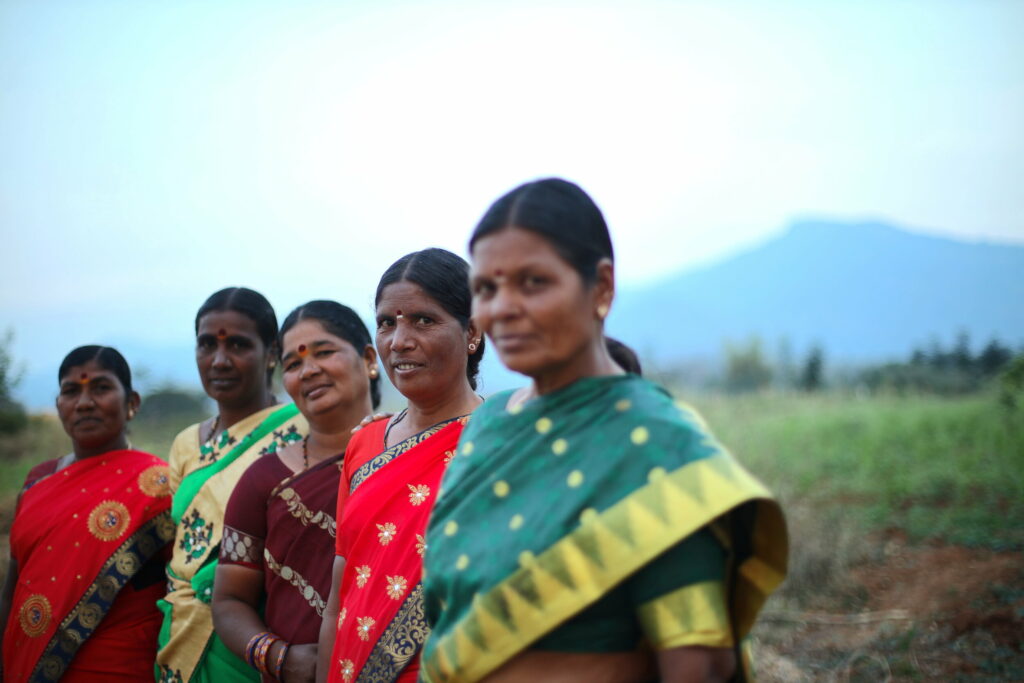
John Wilson is an agroecology stalwart from Zimbabwe working with community-based organizations, national NGOs, and regional and continental networks across Africa. He helps to facilitate strategic and collaborative activities that contribute significantly to the transition to transformed food and farming systems.
Photographs: Soumya Sankar Bose, Rucha Chitnis, Amrita Gupta.
